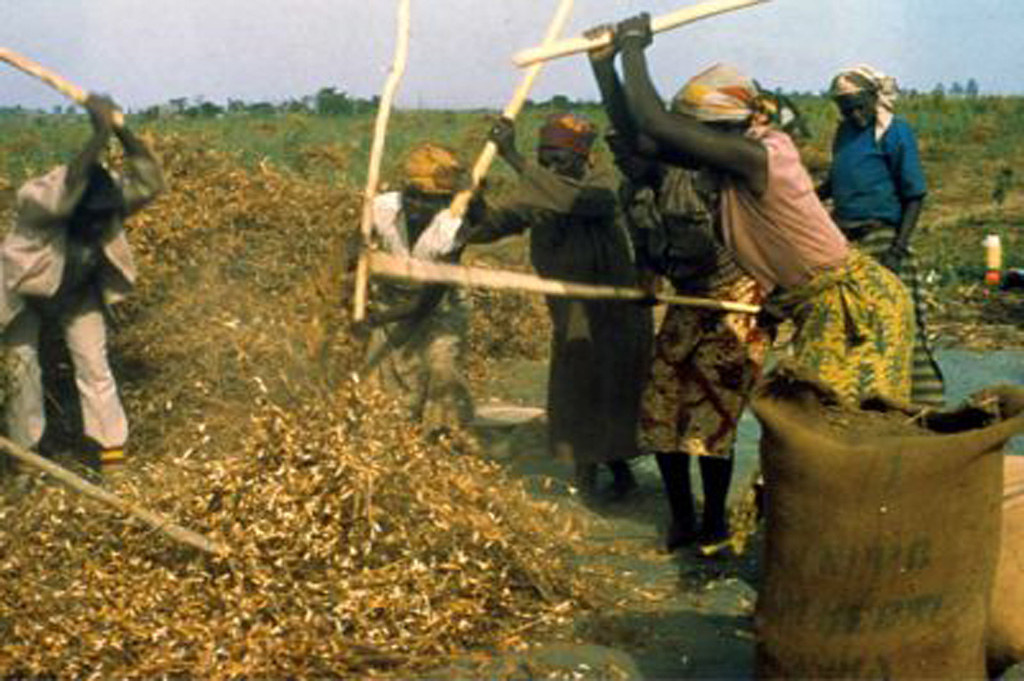By George Munene
The Kenya Agricultural and Livestock Research Organization Agricultural Mechanization Research Institute (KALRO-AMRI) has manufactured a small grains multi-crop thresher that will help farmers reduce their threshing cost by over 90 per cent while increasing thousandfold the amount of grain produced per hour.
The multi-crop thresher will increase farmer profit margin, and labour productivity while decreasing the cost of production. It will also enhance the quality of produce as the grain from manual threshing is often contaminated with debris ranging from stones to chicken droppings.
This will all enable farmers to realise full value from their harvest, encouraging them to plant grain crops.
Threshing or shelling refers to the separation of grain–the edible part of the crop, from the portion of the plant that holds them. For most farmers, it is one of the most deterring activities in the production value chain of grains as it is labour intensive and drudgerous.
Related News: Wastage & soaring cooking oil prices point farmers to avocado value addition
“The thresher reduces manual labour costs from Sh80 per kilogram to just Sh5. The time taken per kilogram when processing grain manually is 1.875kg/hr. 70kg/hr can be produced when operations are mechanised,” explained Nasirembe Wanjala, an agricultural engineer in charge of agricultural mechanisation at the Kenya Agricultural and Livestock Research Organisation (KALRO), Katimani.
The machine will be able to thresh beans, rice, wheat, green grams, sorghum, finger millet, pigeon peas, amaranth, and Teff.
The crop is dried to 13-16 percent moisture content before being threshed.
There are three stages of cleaning grain; primary sieving, secondary sieving, and winnowing.
The machine performs threshing, sieving, and winnowing in one operation.

Women manually threshing harvested bean pods
How to Operate
After preparing the crop, it is fed through a hopper uniformly.
High engine speeds crack grains while low speeds have poor winnowing ability
The thresher operator should always use protective gear and set the machine across wind direction.
The output of the thresher will vary according to the type of crop, crop conditions such as yield, maturity, moisture content, and machine factors such as feeding rate, sieve matching, engine speed, and winnower setting.
Related News: Automated tea picking machine helps farmers halve production costs & improve quality
Related News: Manual chicken feed mixing machine cuts buying cost by 30-50 per cent
Under optimum conditions the outputs are;
Crop type Speed, rpm Output kg/hr
Finger millet 2600 70
Sorghum 2800 120
Green grams 2800 180
Pigeon pea 2800 180
Teff 2700 200
Beans 2200 80
“This initiative we hope will strengthen entrepreneurship among our farmers. It will also enhance our manufacturing and agro-processing industries, and help spur industrialization through our cottage industry,” Nasirembe concluded.